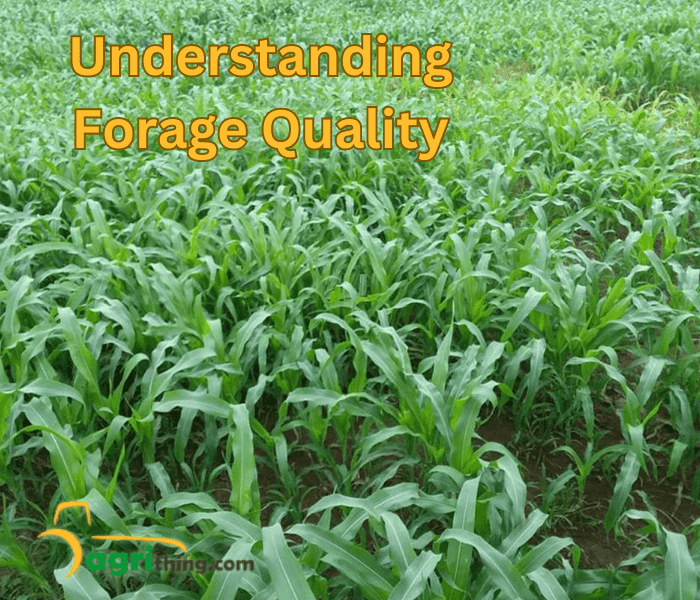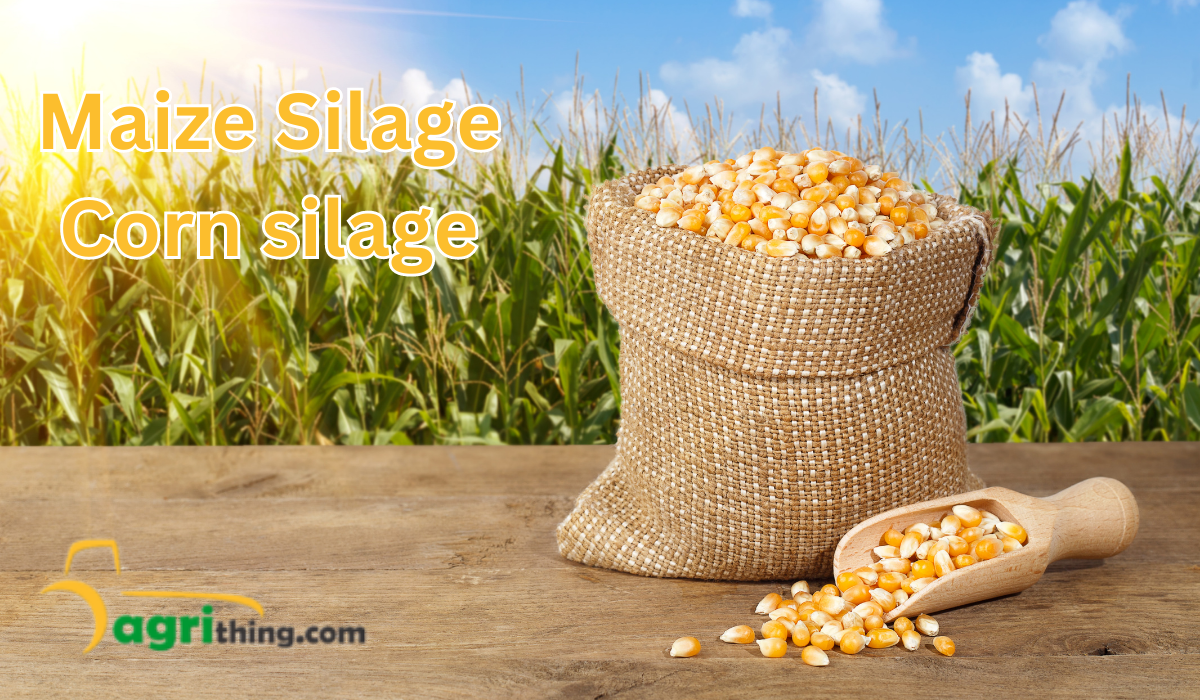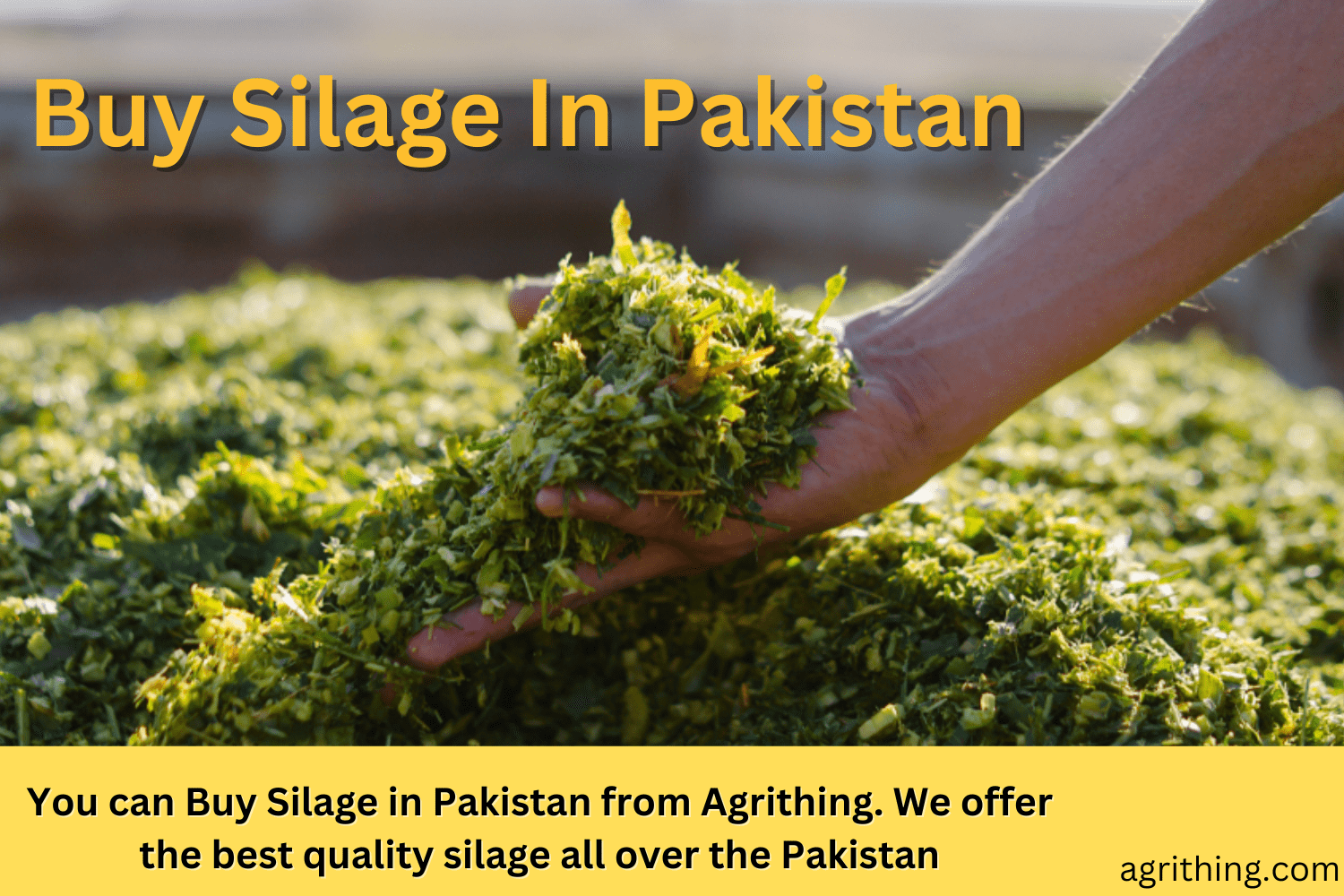Maximizing Forage Quality: The Corn Silage Advantage
Livestock needs good food to stay healthy and productive. Forage quality is really important for this. High-quality forage has the nutrients and energy to help animals perform their best. Corn silage is a great choice for good forage. In this article, we’ll discuss why corn silage is so good and how to make forage even better.
Table of Contents
Understanding Forage Quality

Forage quality means how good the food is for the animals. It affects their health, how much milk they make, and how well they work. Better forage means they get the right food they need and don’t have to eat expensive extra food.
Importance of Forage Quality
Good forage has important stuff like carbs, proteins, vitamins, and minerals that animals need. It keeps their stomachs healthy, helps them use food better, and makes more milk. Forage with the right nutrients also keeps their bodies healthy, helps their immune system, and lowers the chance of getting sick.

Factors Affecting Forage Quality

Several factors can influence the quality of forage.
- Harvesting stage
- Moisture content
- Chopping length
- Maturity of the plant
- Fermentation quality
- Storage and packing
It is crucial to manage these factors effectively to ensure the production of high-quality forage.
What is Corn Silage?
Corn silage is a popular forage crop made from whole corn plants, including the stalk, leaves, and grain. It is harvested at a specific moisture content and ensiled to preserve the nutritional value. Corn silage offers numerous advantages over other forage options, making it a preferred choice for many livestock producers.
Economic Benefits of the Corn Silage of Forage Quality
| Economic Benefit | Description |
|---|---|
| Cost-effective feed option | Corn silage is a cost-effective option for feeding livestock. |
| High energy content | Corn silage has a high energy content, providing efficient nutrition. |
| Year-round availability | Corn silage can be stored for extended periods, ensuring availability. |
| Reduced reliance on pasture | Corn silage allows for reduced reliance on pasture for feed supply. |
| Increased feed efficiency | Corn silage promotes higher feed efficiency, optimizing production. |
| Improved weight gain | Animals fed corn silage often experience improved weight gain. |
| Lower feed wastage | Corn silage reduces feed wastage compared to other feed options. |
| Increased milk production | Dairy cows fed corn silage may exhibit increased milk production. |
| Enhanced rumen health | Corn silage supports better rumen health in ruminant animals. |
| Potential income generation | Selling excess corn silage can provide an additional income stream. |
Nutritional Composition of Corn Silage of Forage Quality
| Nutrient | Composition |
|---|---|
| Dry Matter | Around 30-40% |
| Crude Protein | Approximately 7-10% |
| Fiber (ADF) | Roughly 20-30% |
| Neutral Detergent Fiber (NDF) | Typically 40-50% |
| Fat | Approximately 2-4% |
| Ash | Around 2-5% |
| Energy | Usually expressed as Total Digestible Nutrients (TDN) or Net Energy for Lactation (NEL) |
Basic Techniques of Management Corn silage
Several management techniques can be employed throughout the crop production and ensiling process to maximize corn silage.
Crop Management Techniques:
- Soil fertility management: Ensure the soil has enough nutrients for the plants to grow well.
- Timely planting and choosing the right plant variety: Plant the crops at the right time and choose the best type of plants to get the highest yield and quality.
- Weed and pest control: Take effective measures to control weeds and pests that can harm the crops.
Harvesting and Storage Considerations:
- Harvesting at the right moisture level: Harvest the crops with the correct amount of moisture. This helps with proper fermentation and ensiling.
- Chopping the corn plants to the right length: Cut them to the right length to pack them tightly and prevent air from getting in.
- Proper packing and sealing: Pack and seal the silage properly to reduce exposure to oxygen.
Ensiling Process:
- Use a suitable inoculant: Add a substance that promotes fermentation and prevents spoilage.
- Compact the silage well and remove excess air: Create an environment without oxygen by compacting the silage and getting rid of extra air.
- Monitor the ensiling process regularly: Monitor the temperature and pH to ensure the fermentation is going well and the quality is preserved.

Benefits of Maximizing Forage Quality
Using high-quality corn silage to maximize forage quality has several benefits for livestock producers:
- Improved Animal Performance: When animals consume high-quality forage, it enhances their rumen function, nutrient utilization, and overall health. This leads to better production and performance.
- Cost Savings: Maximizing forage quality reduces the need for expensive concentrate feeds, resulting in lower feed costs for producers.
- Increased Feed Efficiency: Nutrient-dense forage improves feed efficiency, allowing animals to convert feed into milk or meat more effectively.
- Sustainable Farming: Choosing corn silage as a high-quality forage option helps optimize land use, minimize environmental impact, and support sustainable livestock farming practices.
Conclusion
Maximizing the forage quality for livestock is important to keep them healthy and productive. Corn silage is great for achieving this because it gives a lot of food, has lots of nutrients, and can be grown differently. Livestock farmers can ensure the food is good by caring for the crops, harvesting and storing them correctly, and using the right methods to preserve them. By doing these things, they can make the forage quality even better for the animals, which will help them grow well and save money.
Frequently Asked Questions (FAQ’s)
Q: Is corn silage suitable for all types of livestock?
A: Yes, corn silage can be fed to various types of livestock, including dairy cows, beef cattle, and sheep.
Q: How does corn silage compare to other forage options like hay or alfalfa?
A: Corn silage offers higher energy content, digestibility, and acre yield than many other forage crops.
Q: What is the ideal moisture content for harvesting corn silage?
A: The optimal moisture content for corn silage harvest is typically around 65-70%.
Q: How long can corn silage be stored without significant nutrient loss?
A: Properly ensiled corn silage can be stored for 1-2 years with minimal nutrient loss.
Related Articles
Want to purchase top-quality silage? Visit our Agricomplex website to explore our wide range of silage products.
People Also Asked
Why is it important to improve the forage quality for livestock farmers?
Improving forage quality helps animals perform better, costs less, makes feeding more efficient, and promotes sustainable farming by using land better and causing less environmental harm.
Why do farmers prefer corn silage as food for animals?
Farmers choose corn silage because it is affordable, has lots of energy, is available all year, reduces waste, helps animals gain weight, increases milk production, keeps the stomach healthy in animals like cows, and can be sold for extra money.
Why is the quality of food important for livestock?
Good food quality matters for the health of animals, how much milk they make, and how well they can work. It gives them important nutrients, helps with digestion, and boosts their immune system.
What affects the quality of food for animals?
Food quality can be changed by when it’s harvested, how much water it has, how it’s cut, how mature the plants are, how well it ferments, and how it’s stored.
What should be considered when collecting and storing food for animals?
When gathering and keeping food for animals, it’s important to collect it when it’s moist enough for fermentation, cut corn plants to the right size to avoid air and pack and seal it properly to keep out oxygen.




